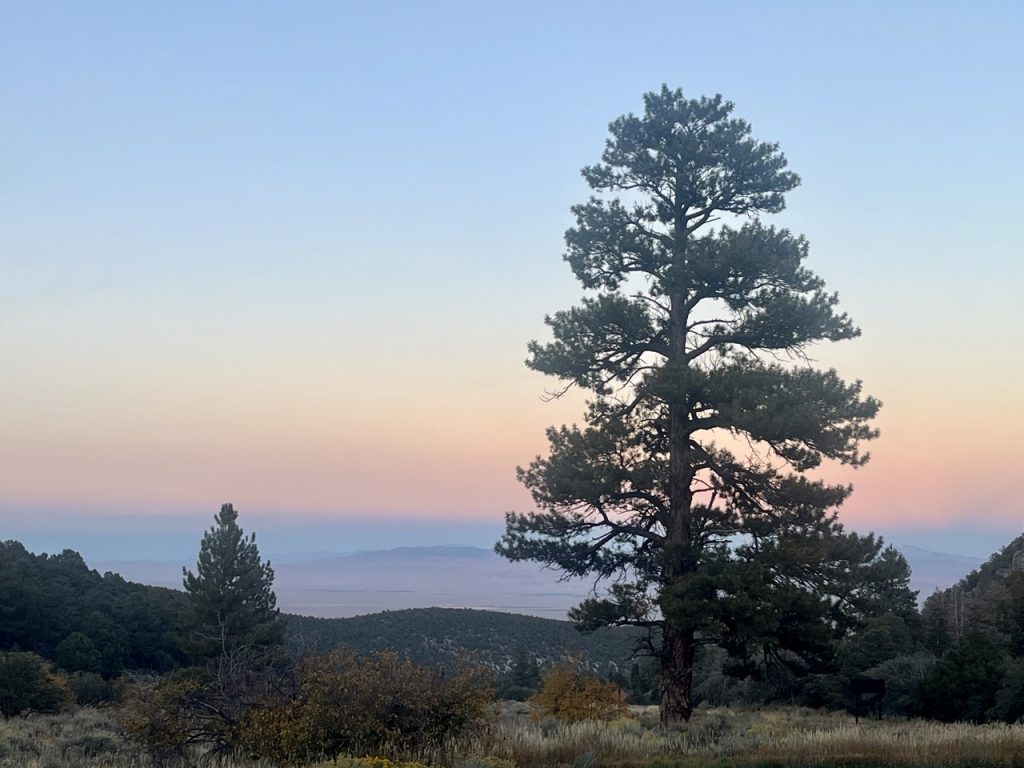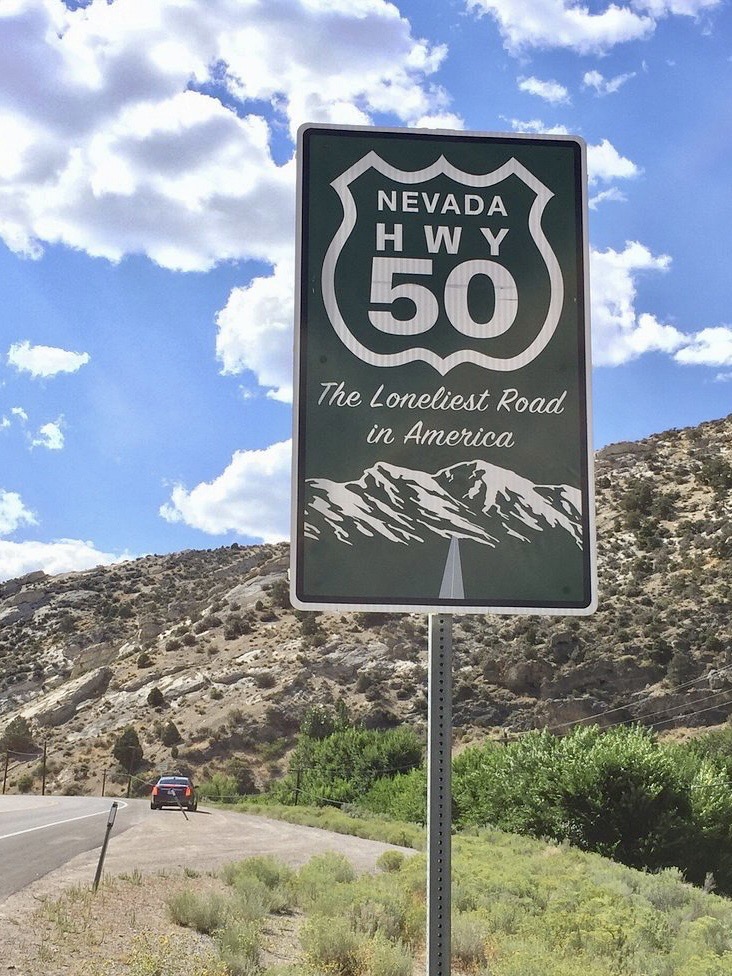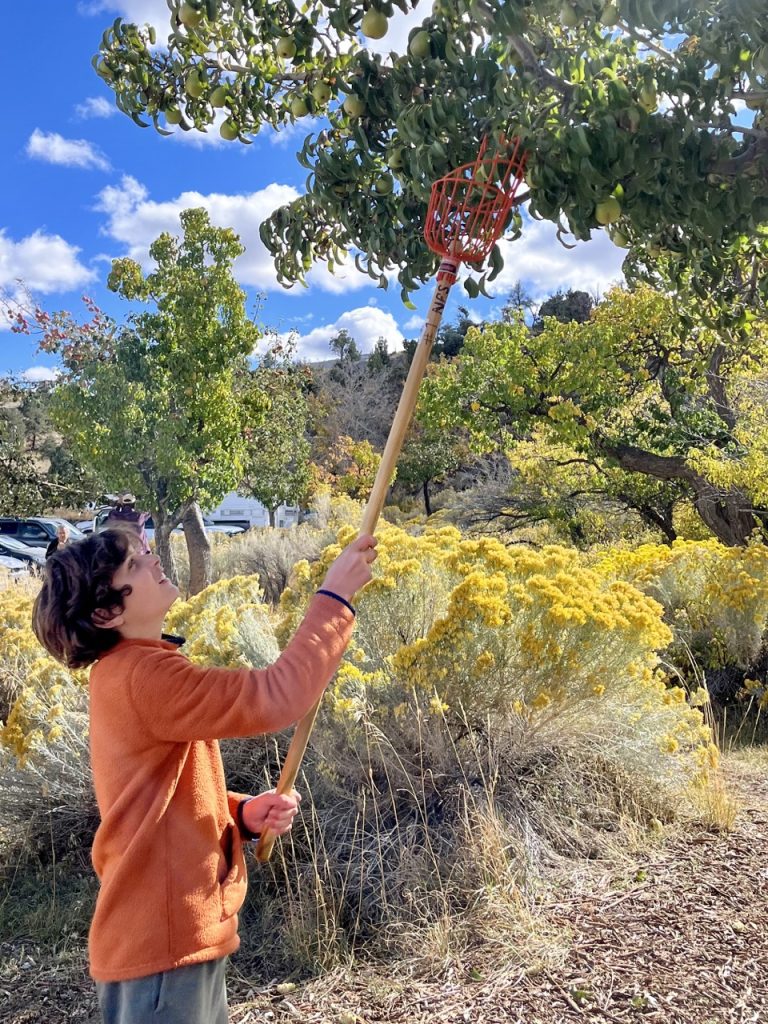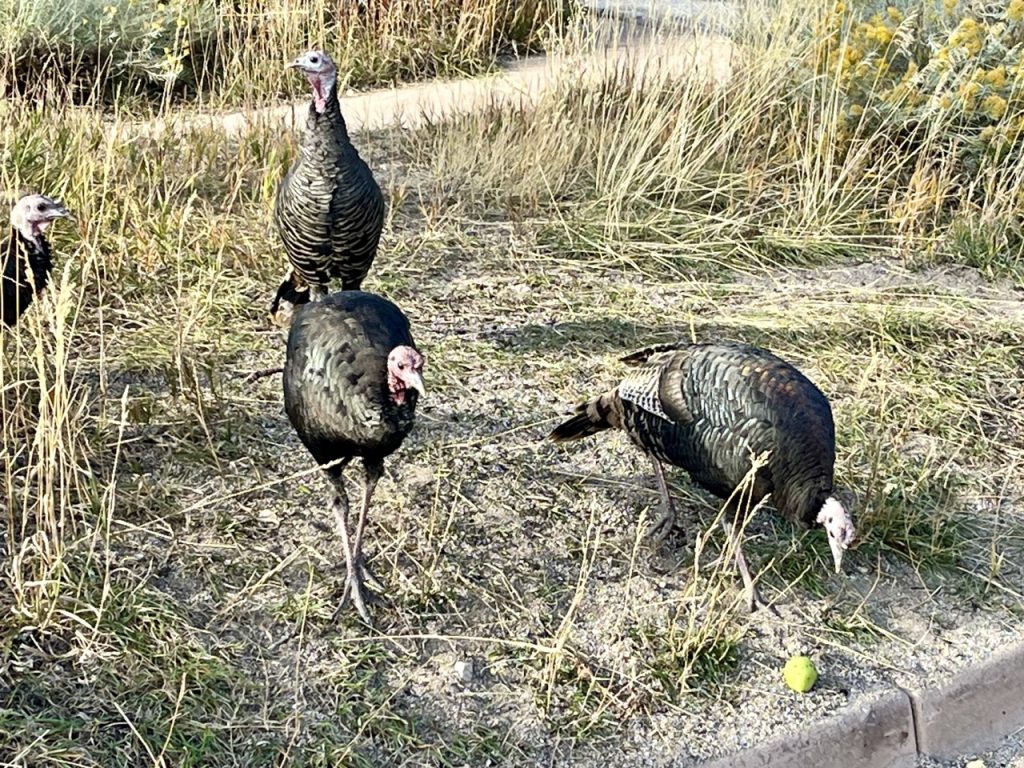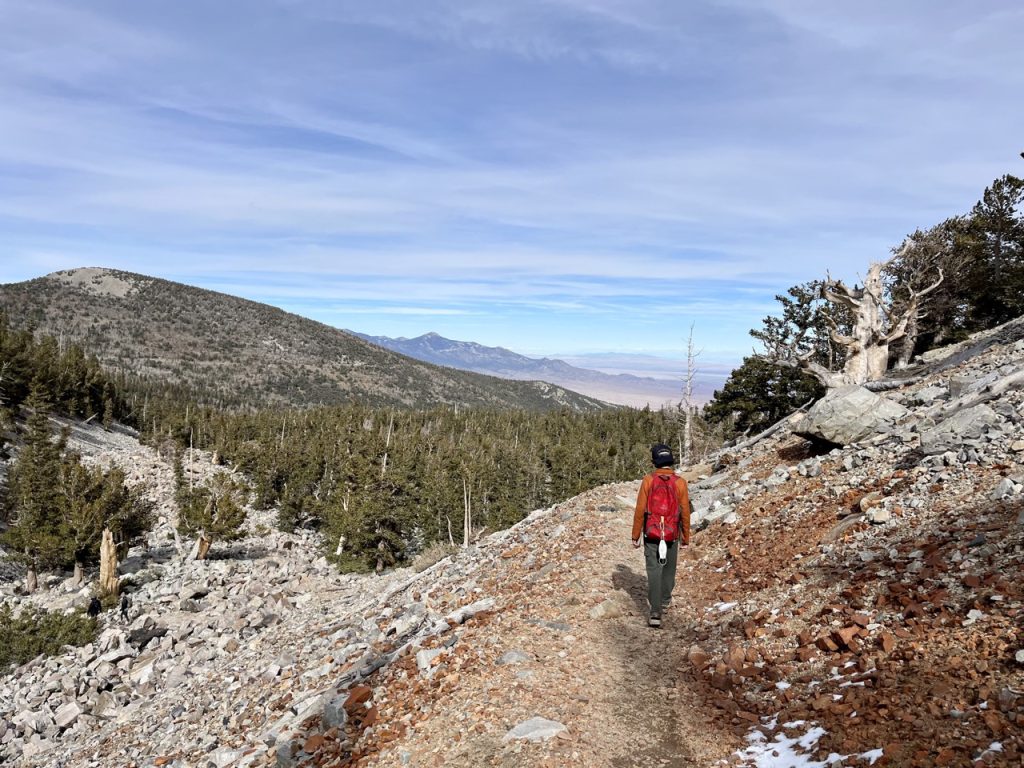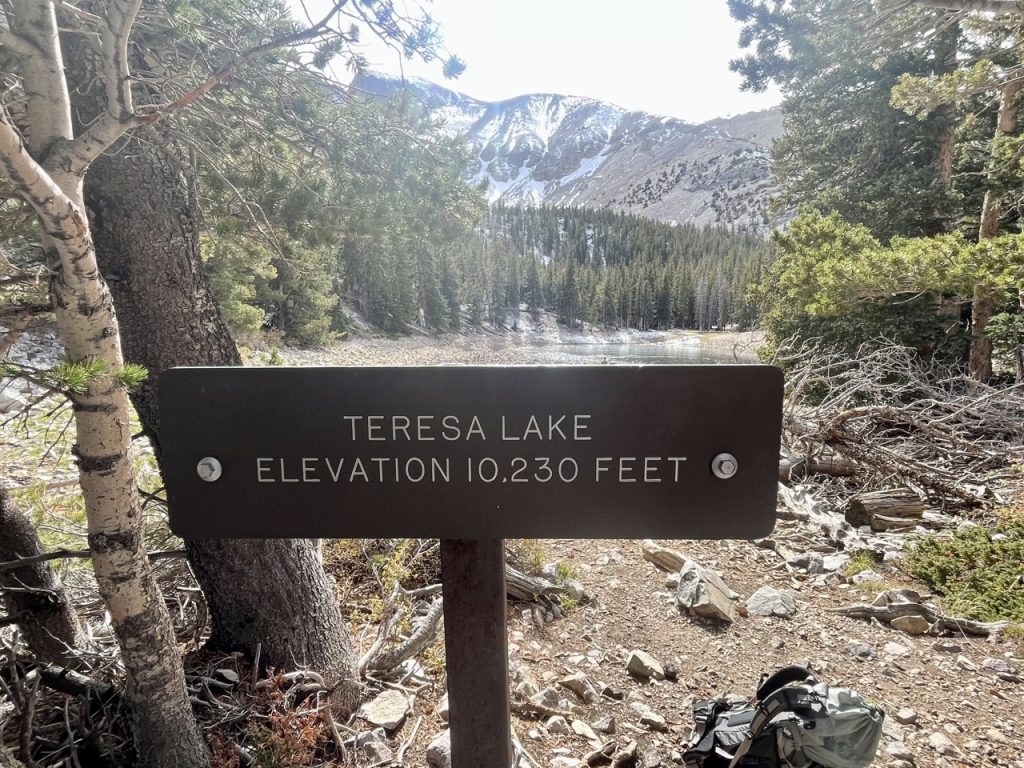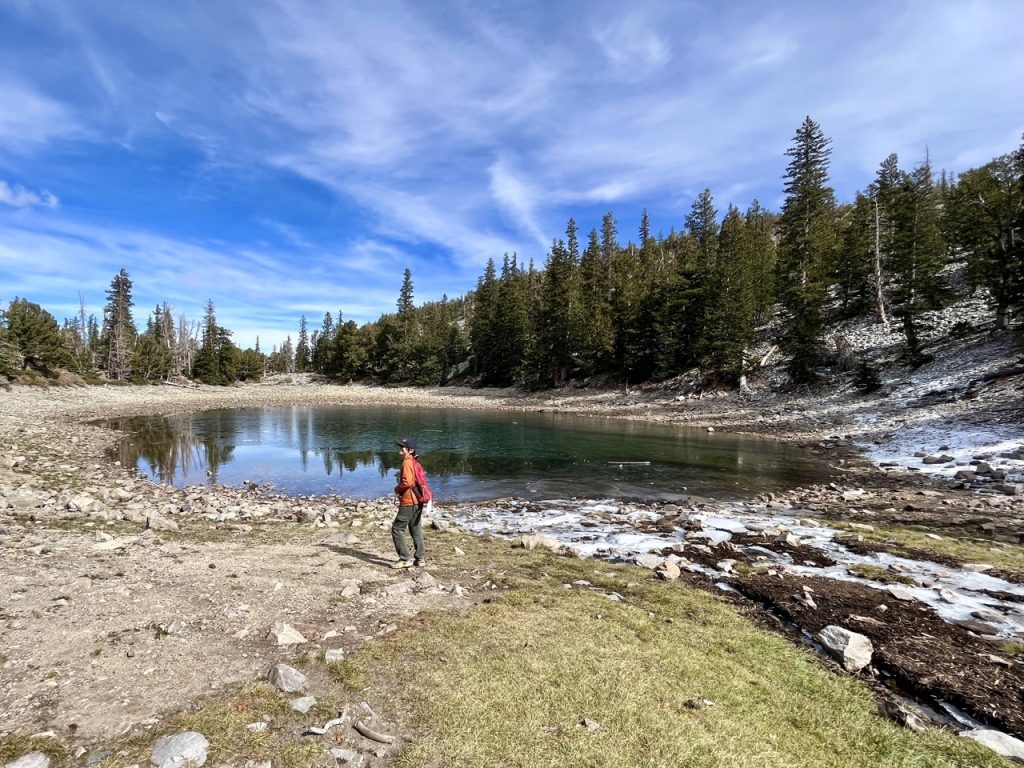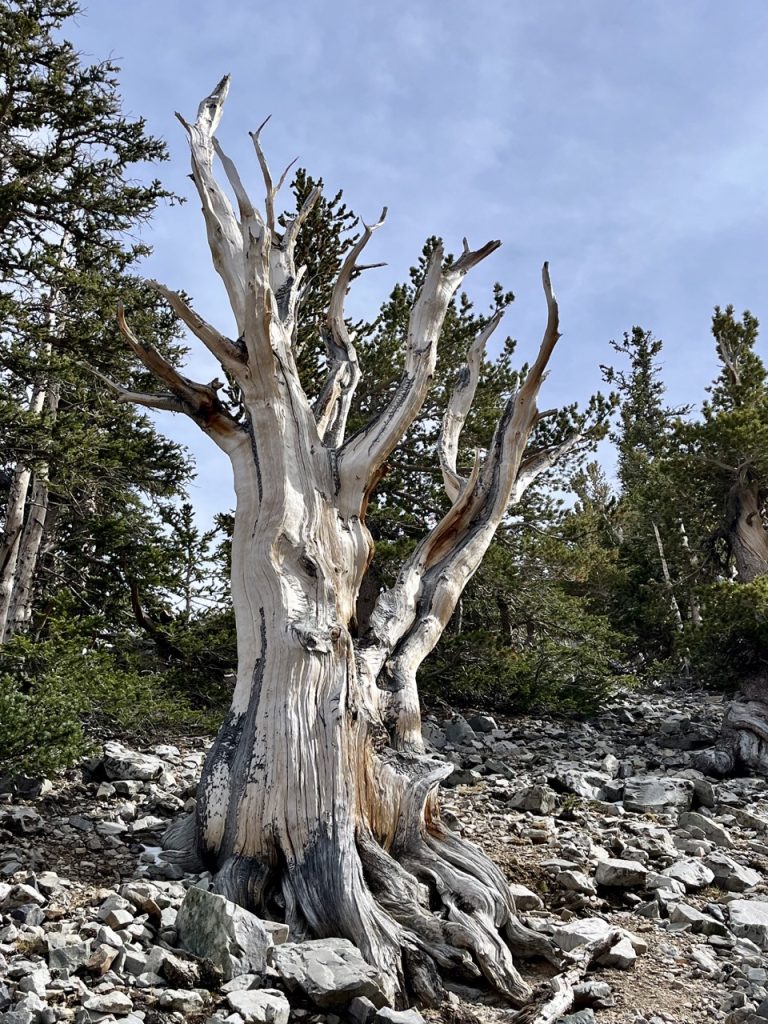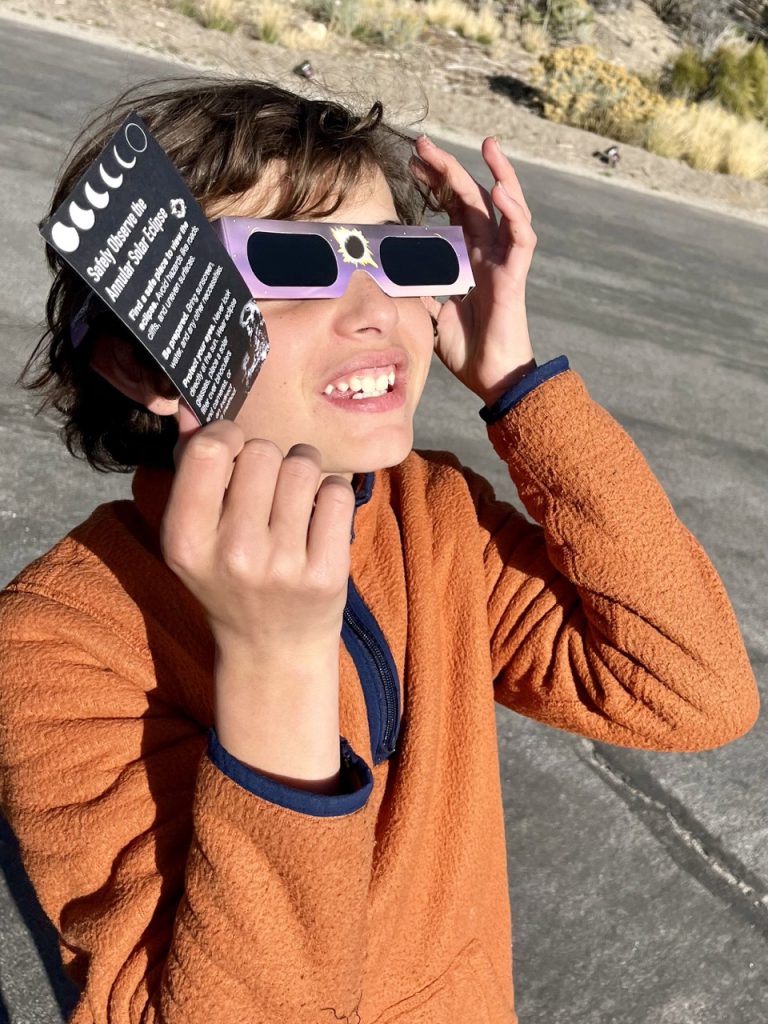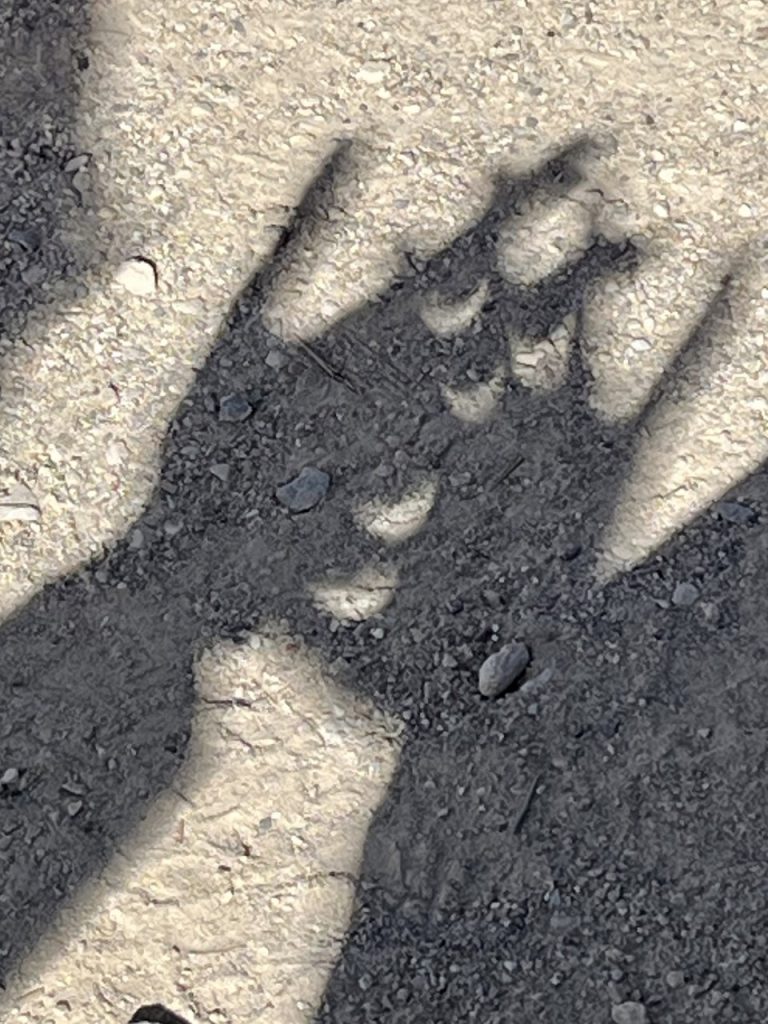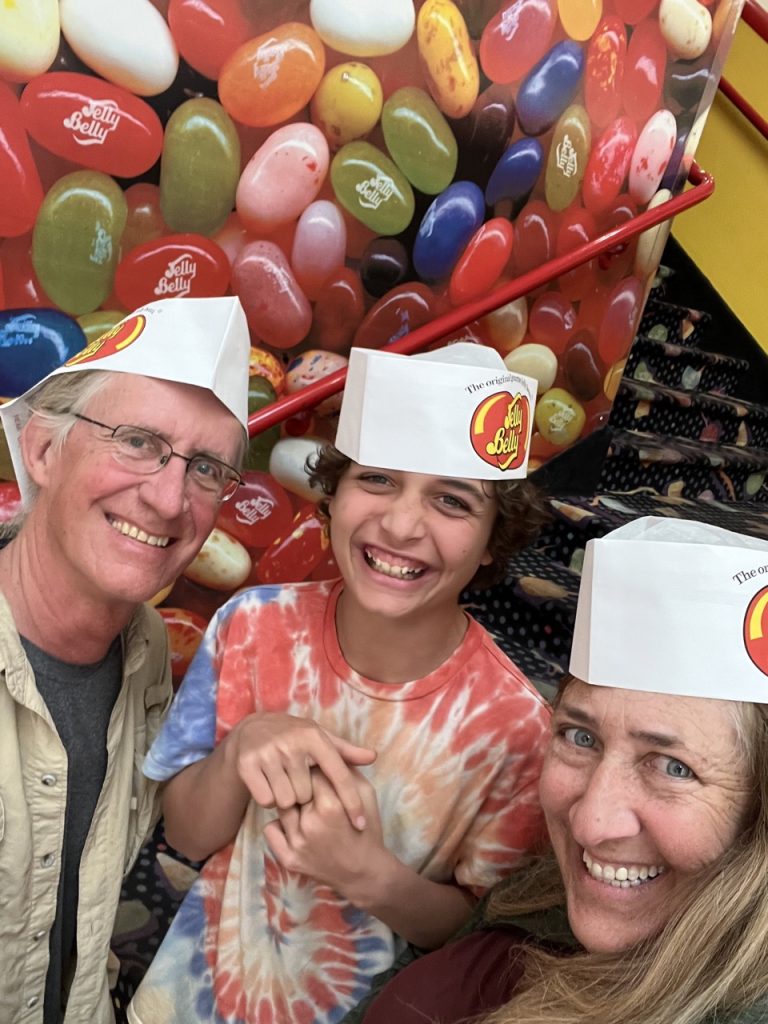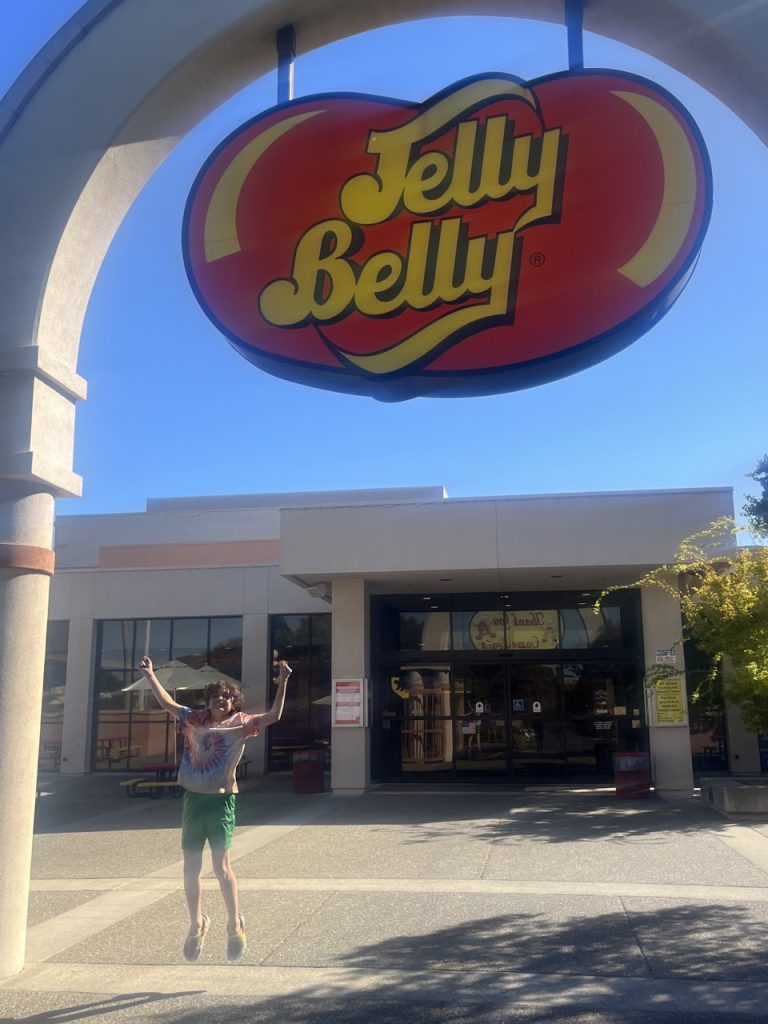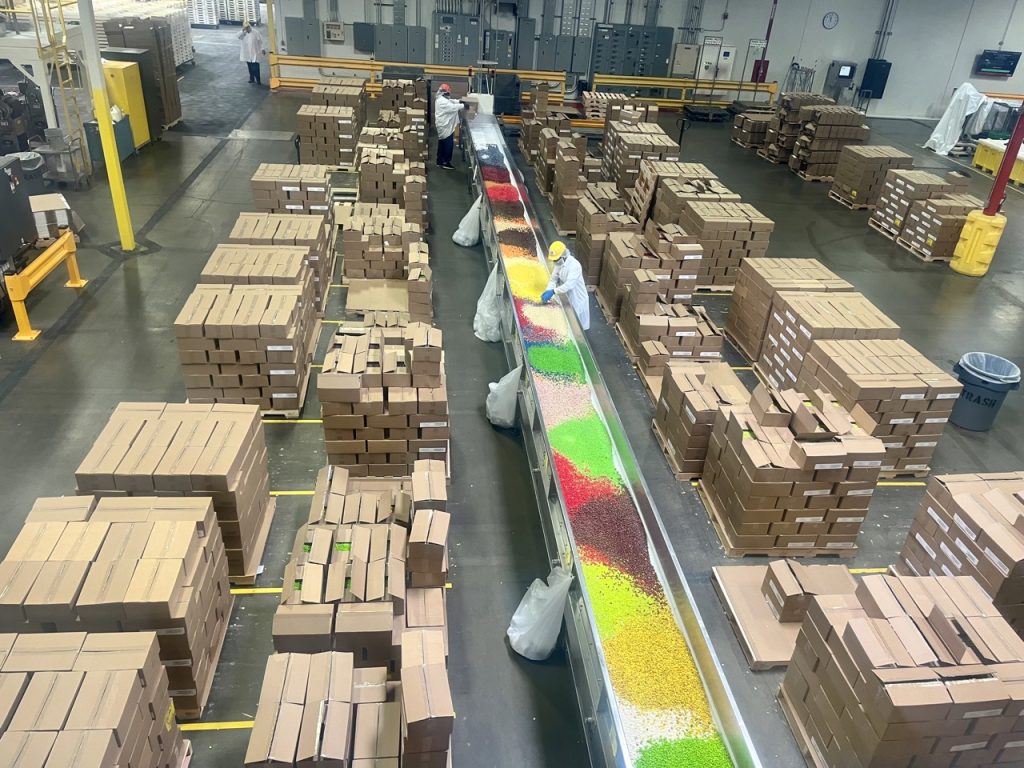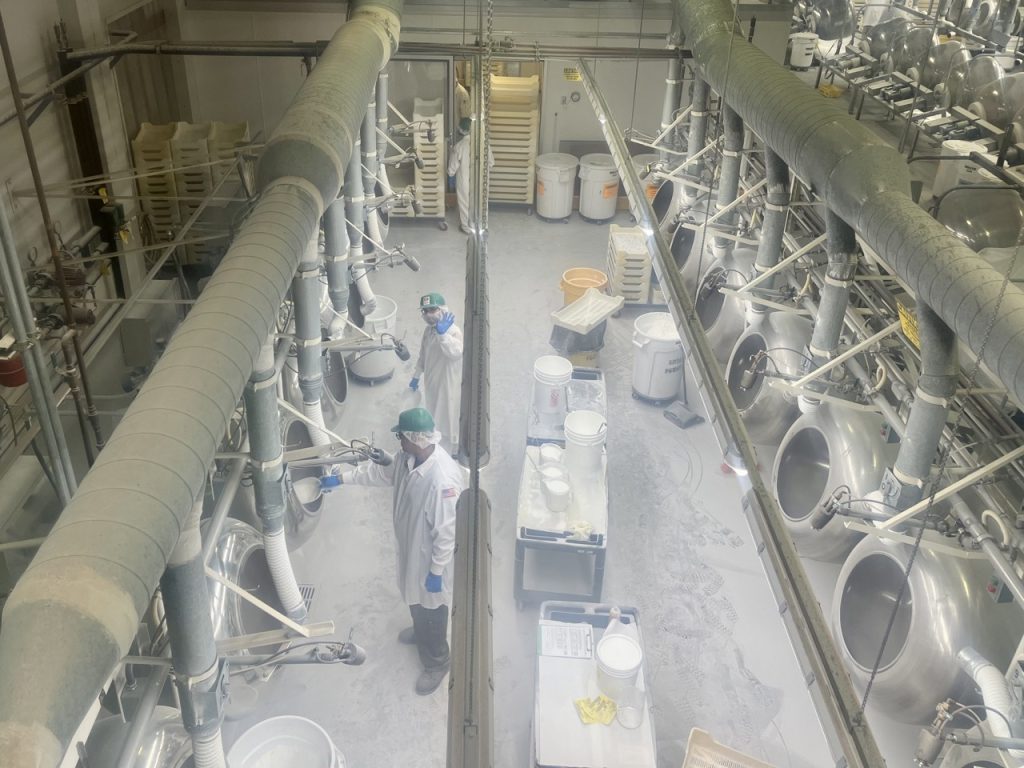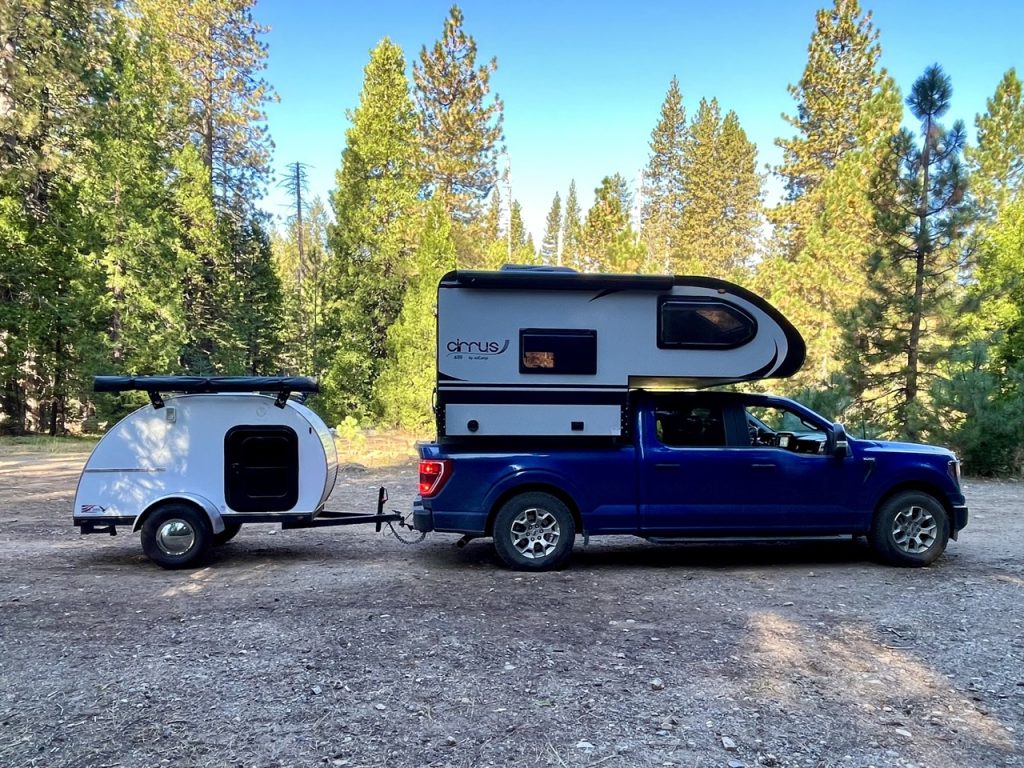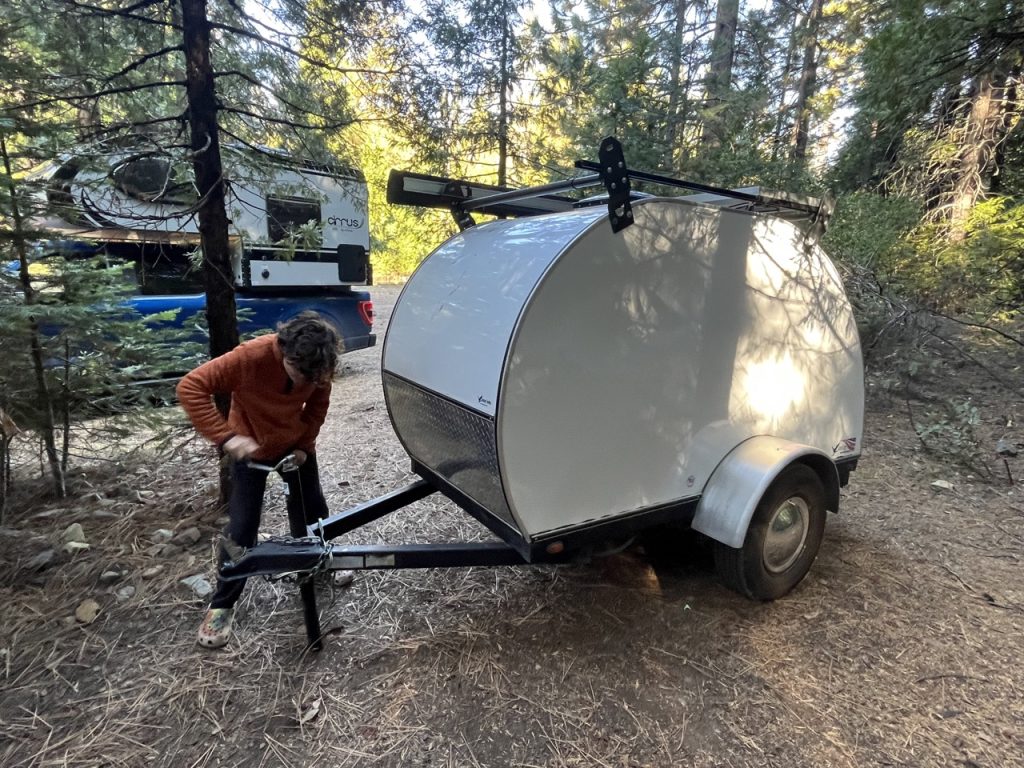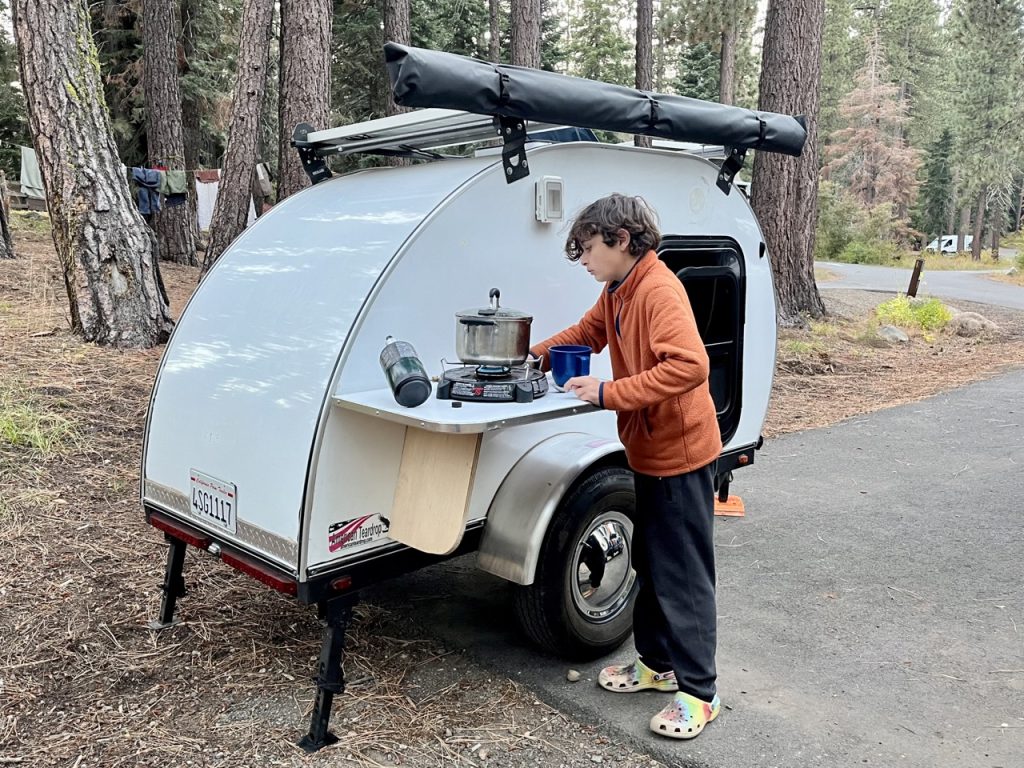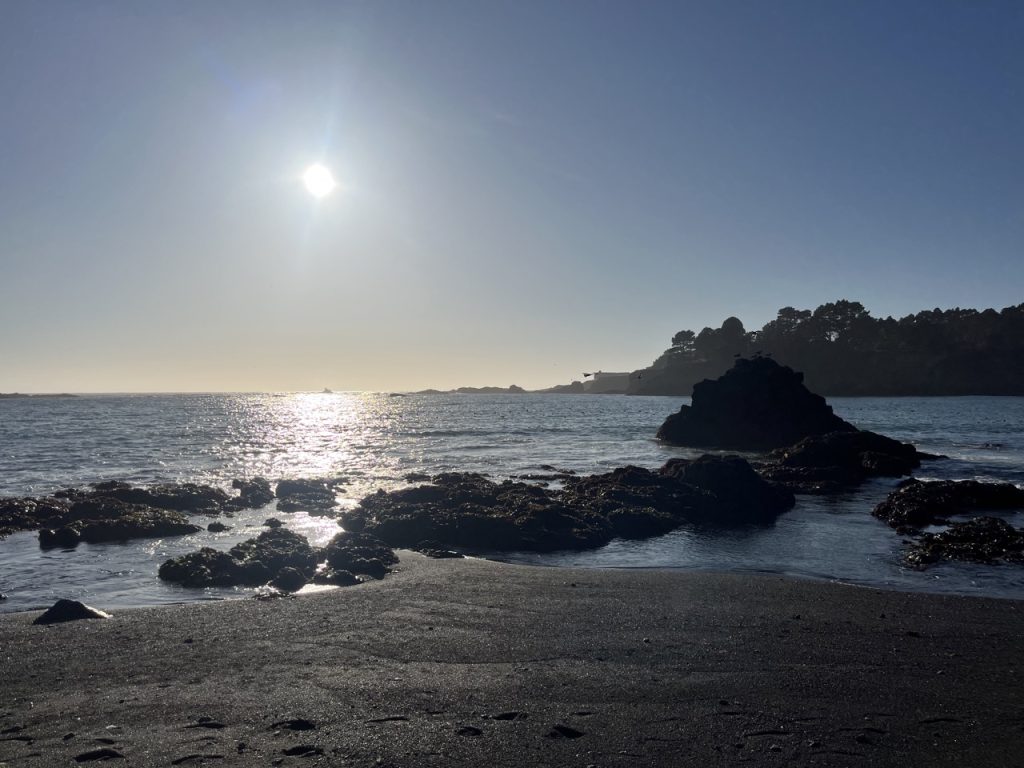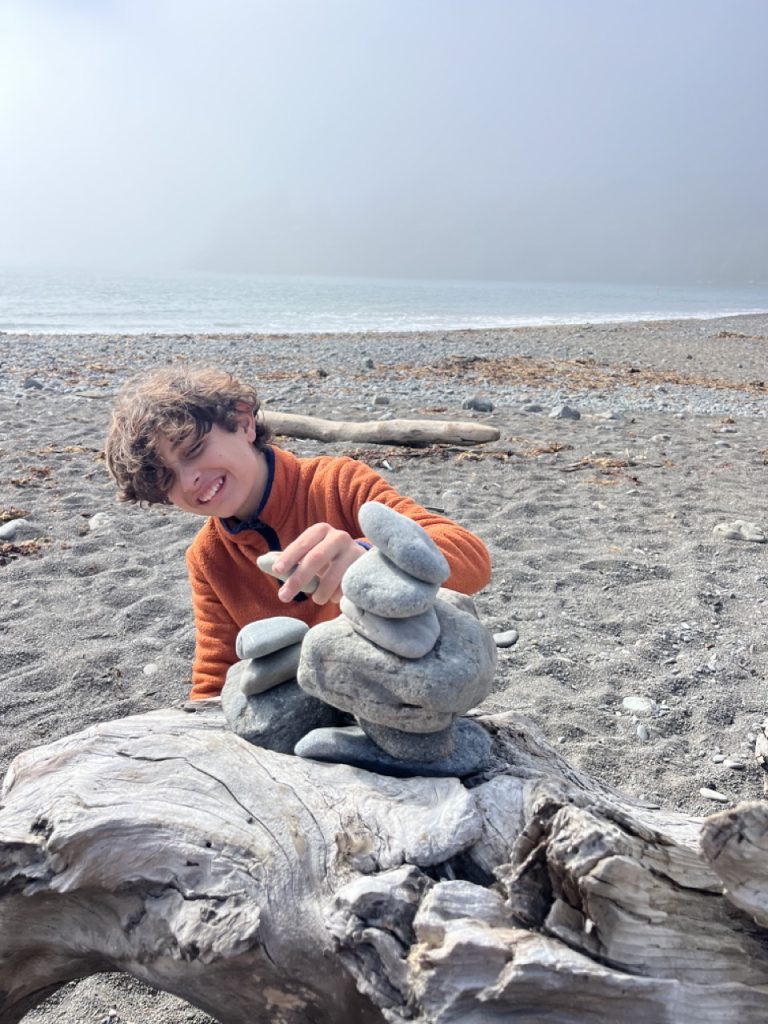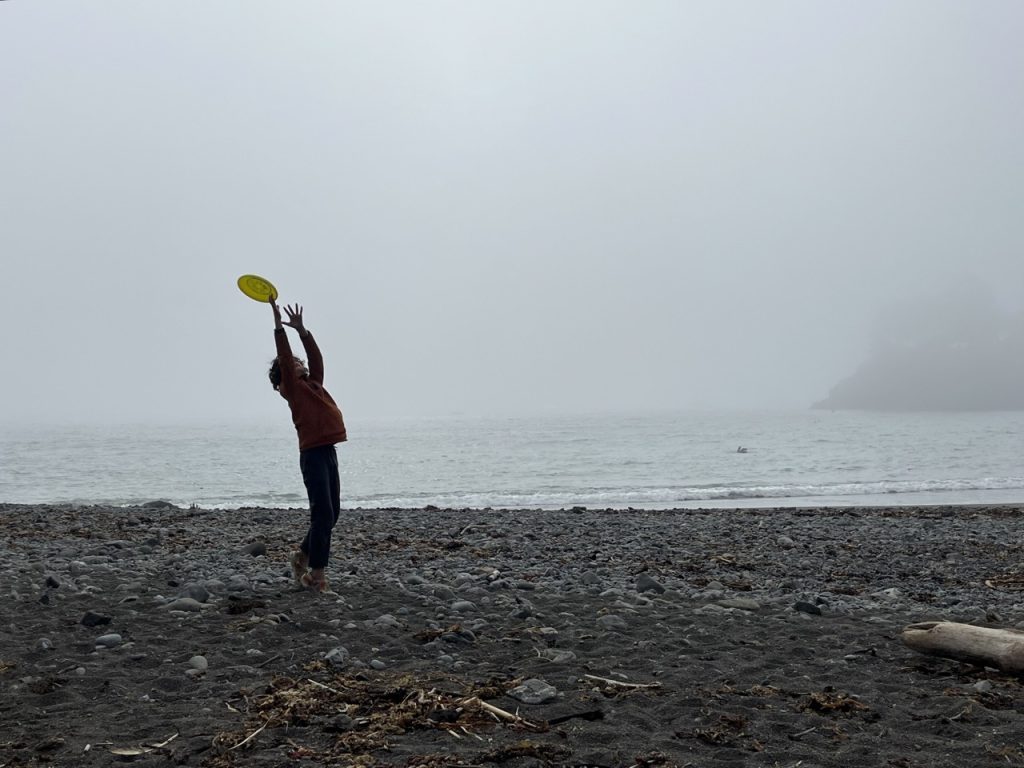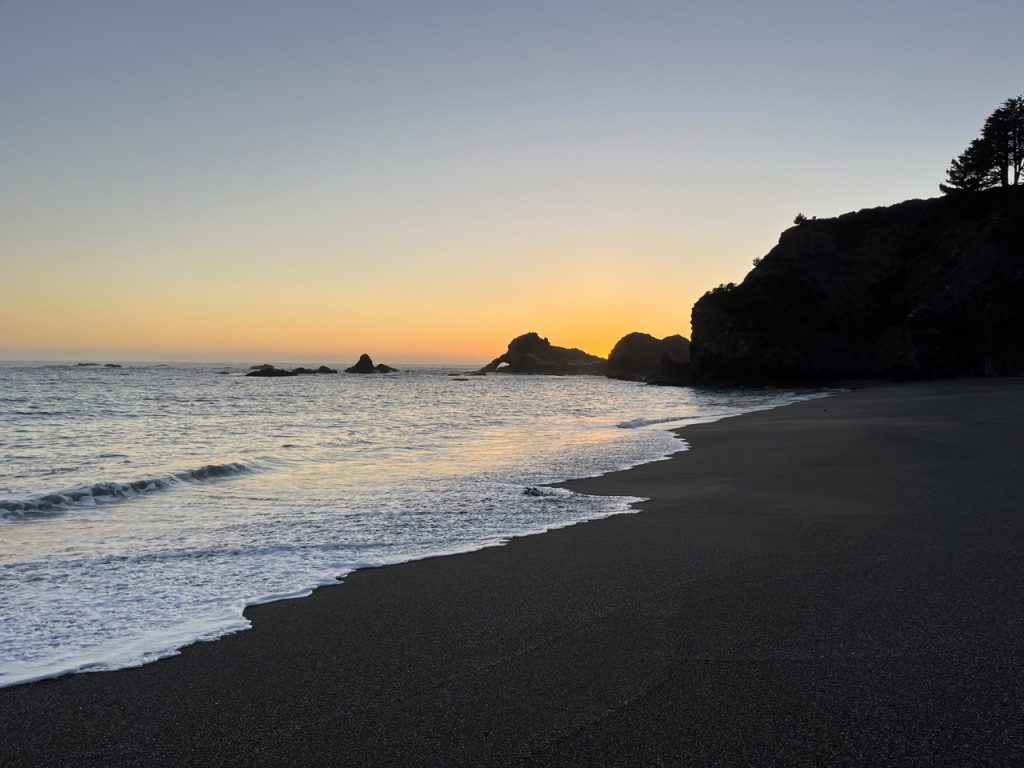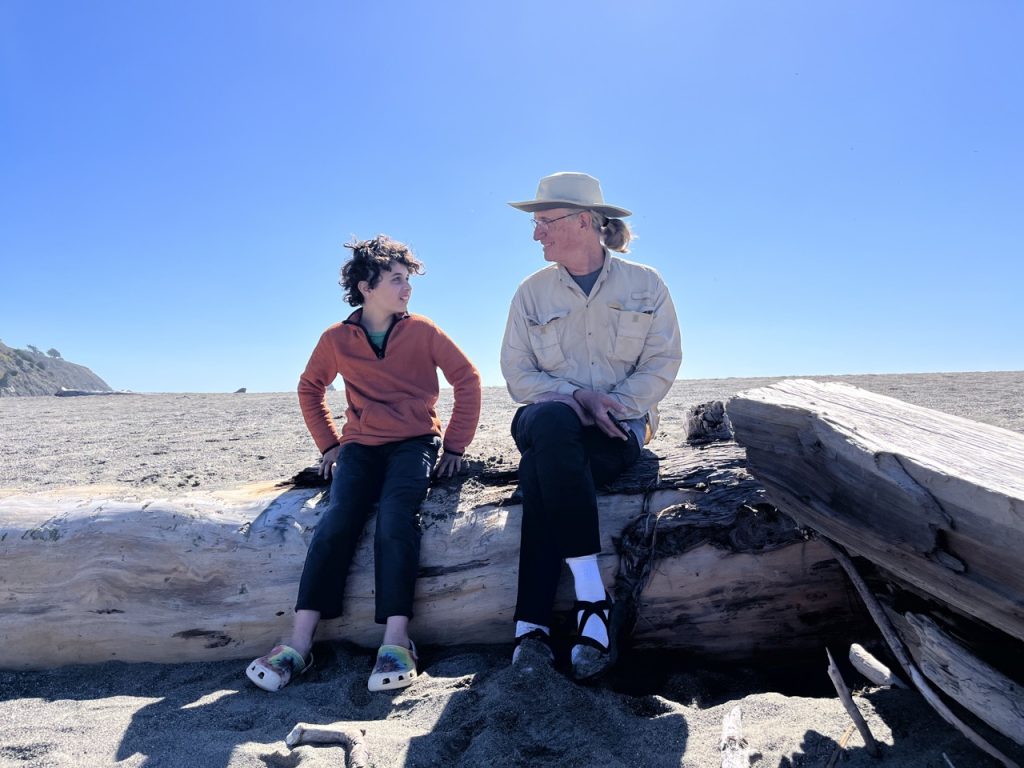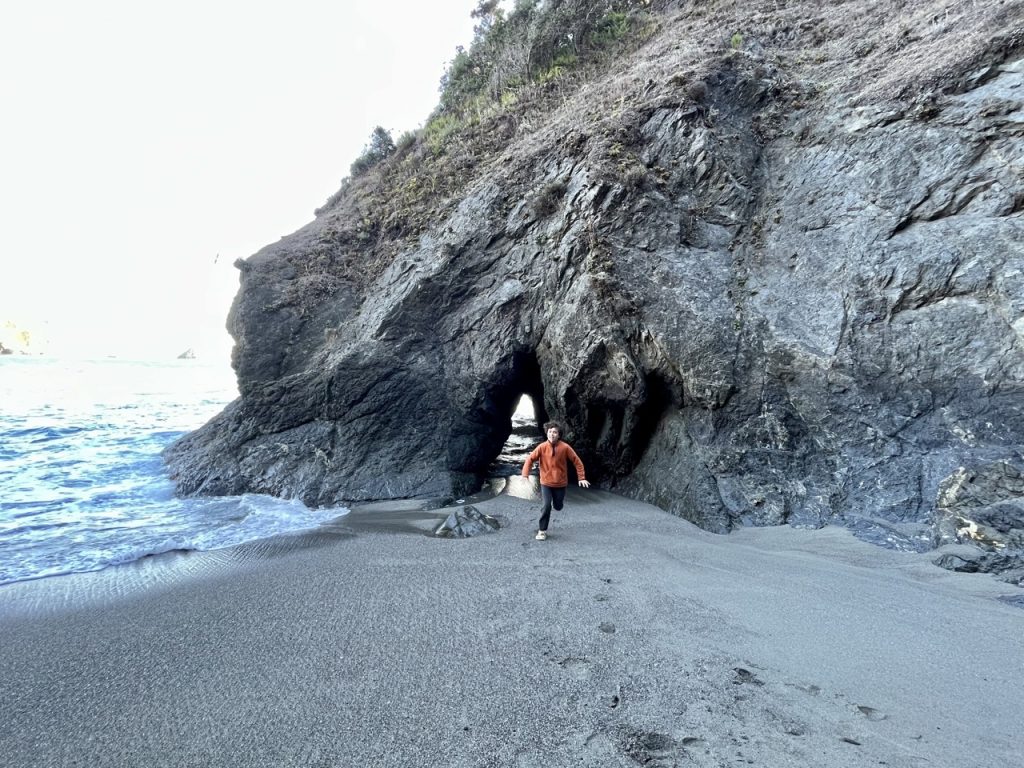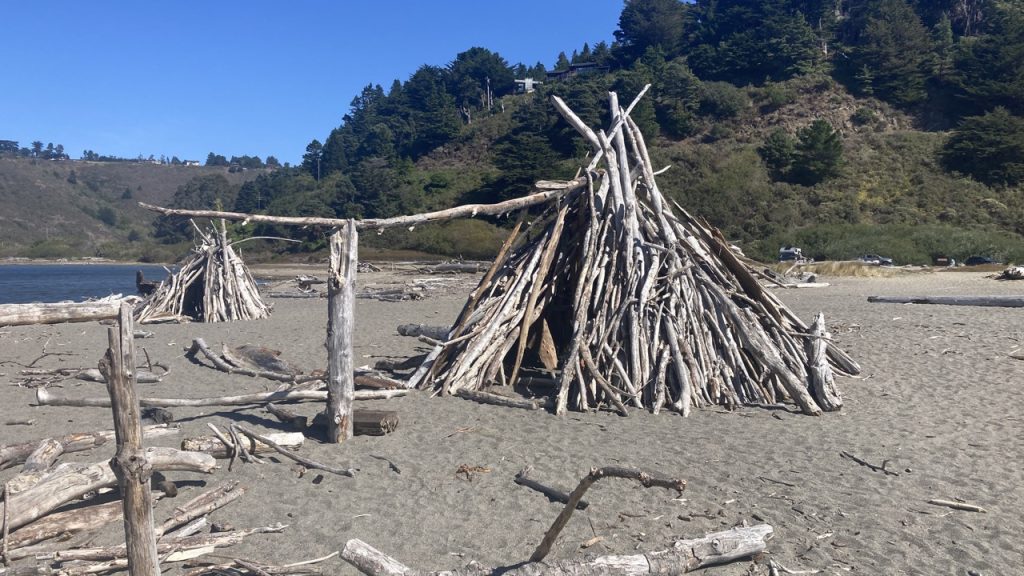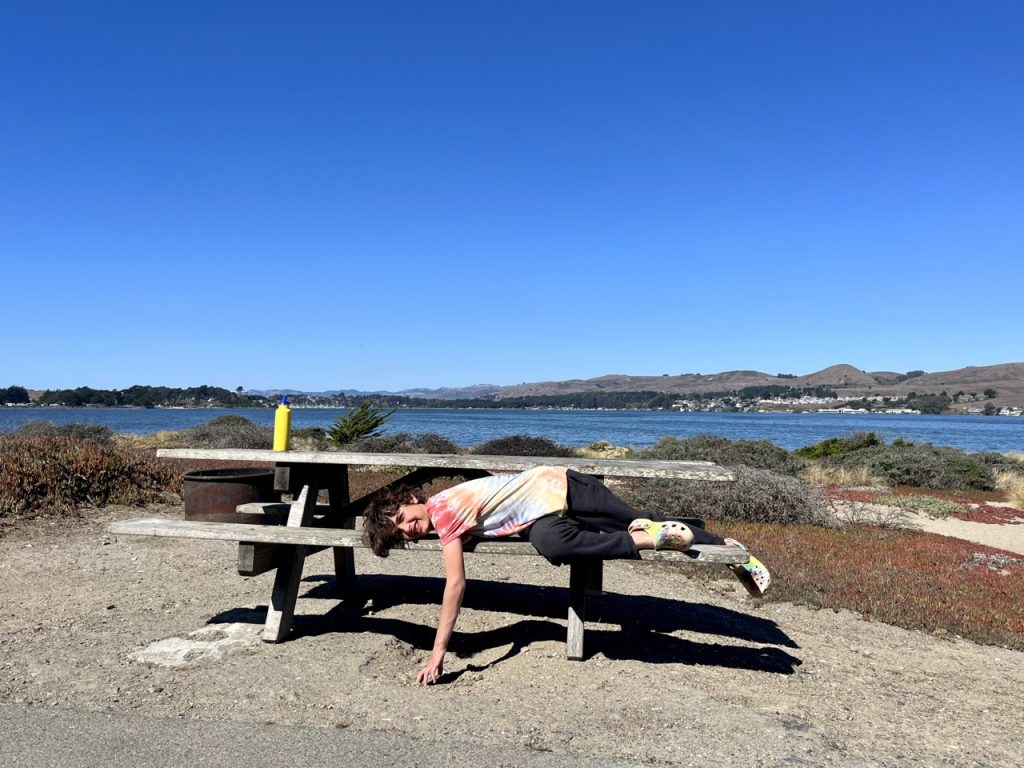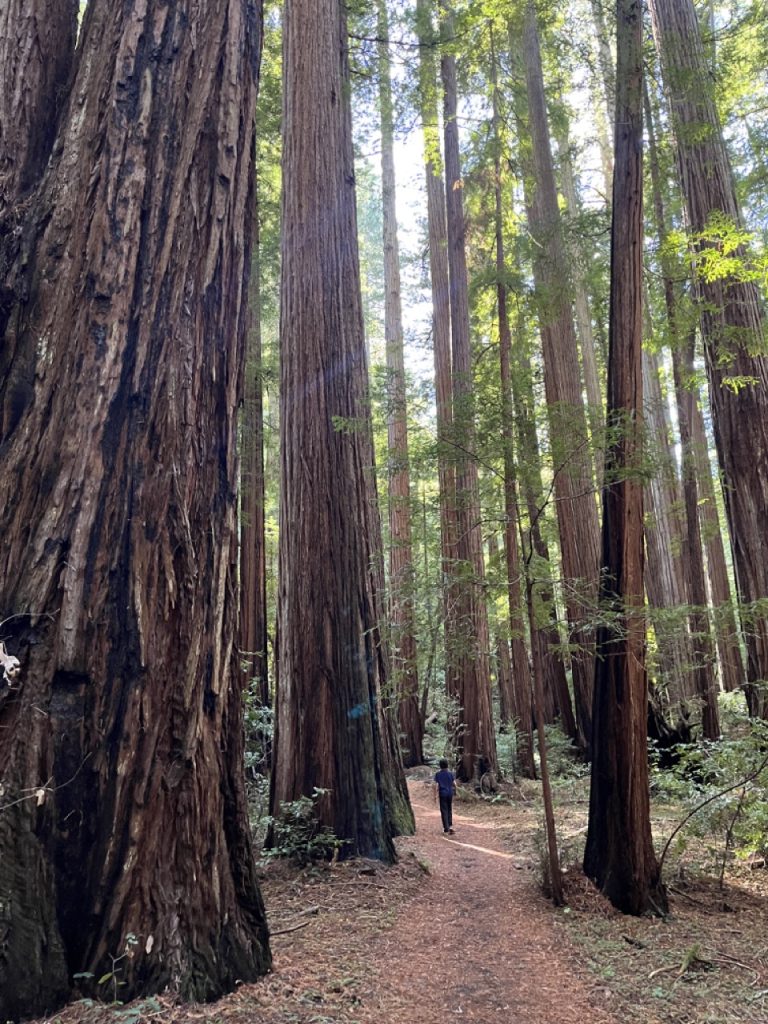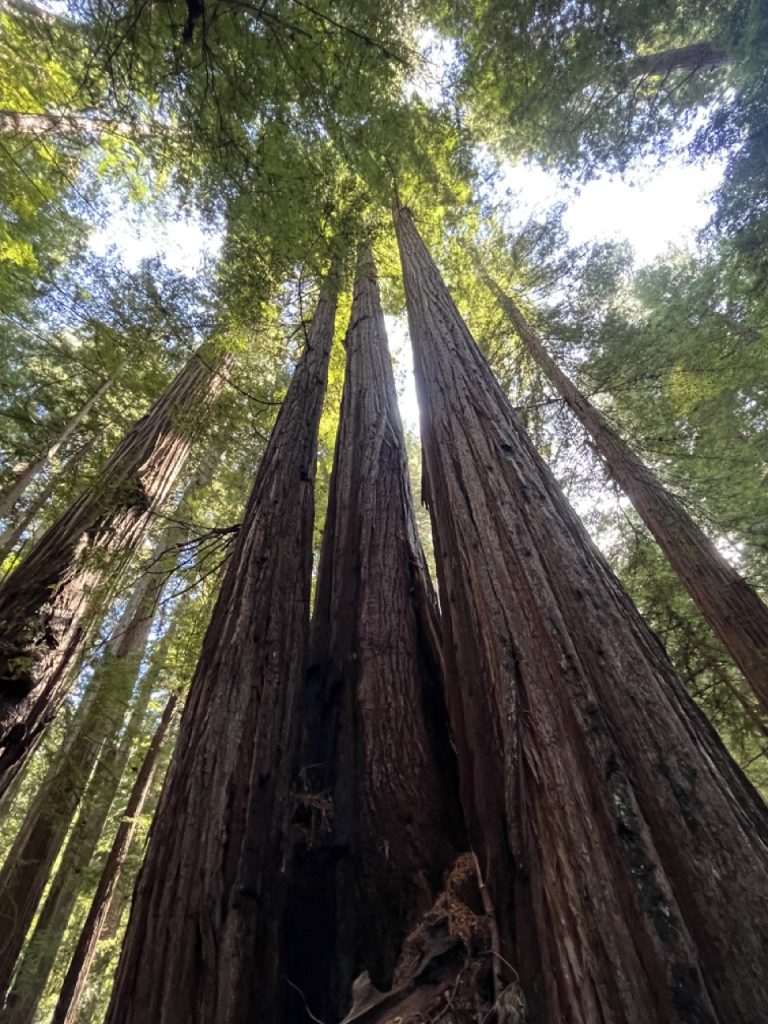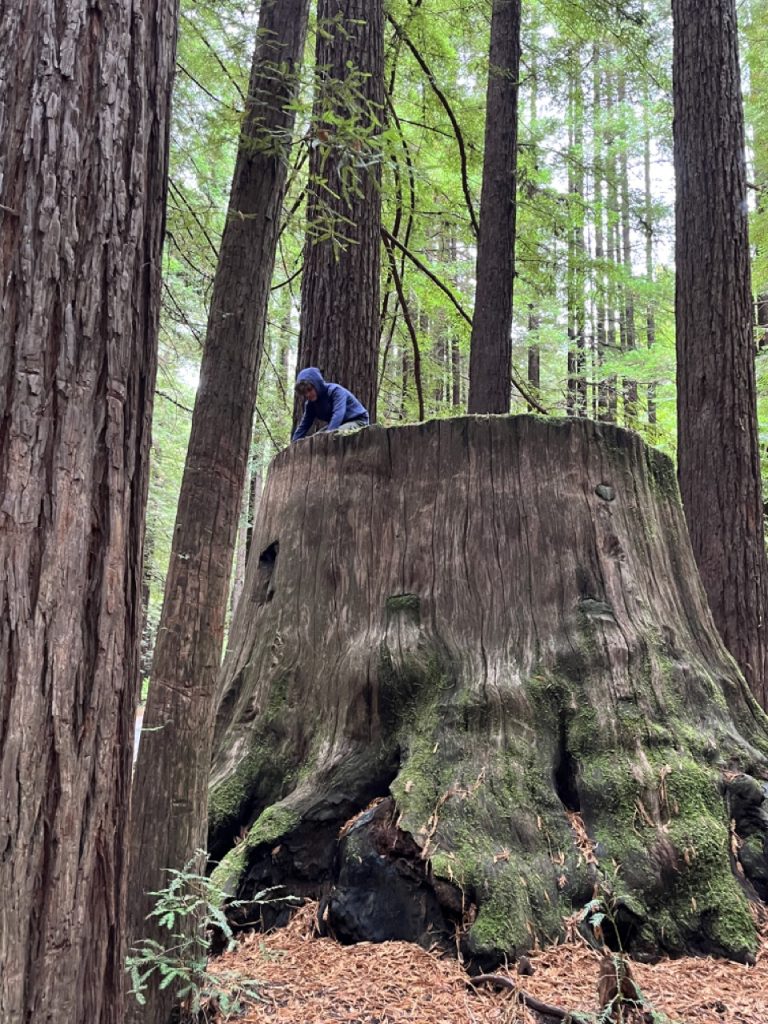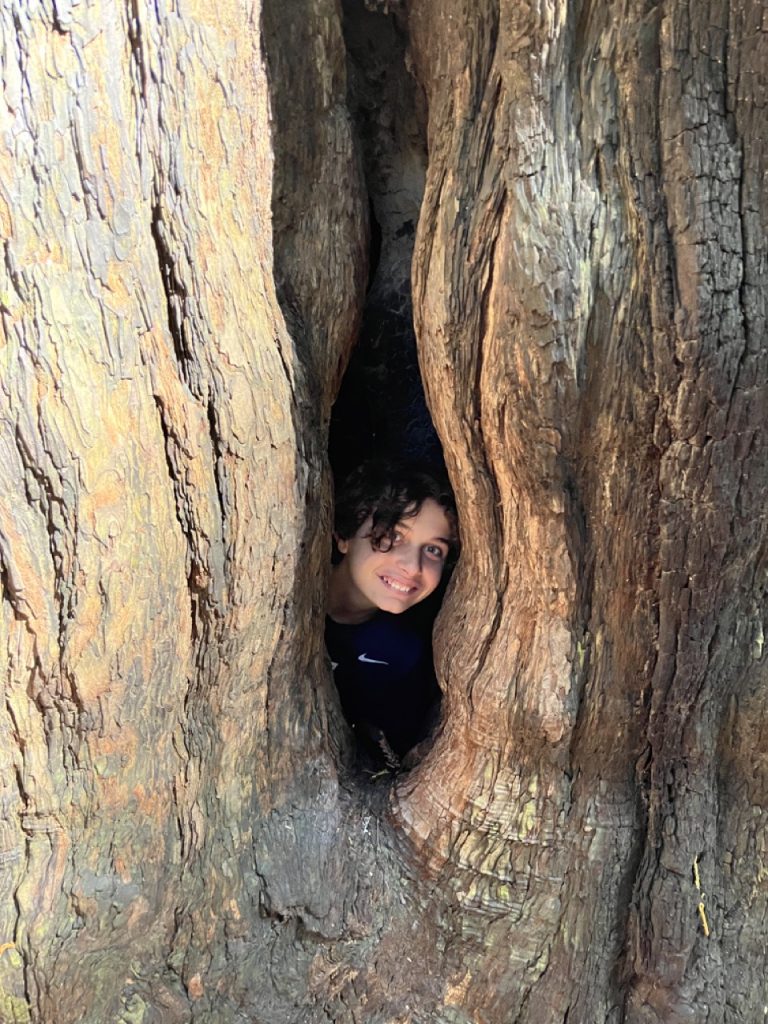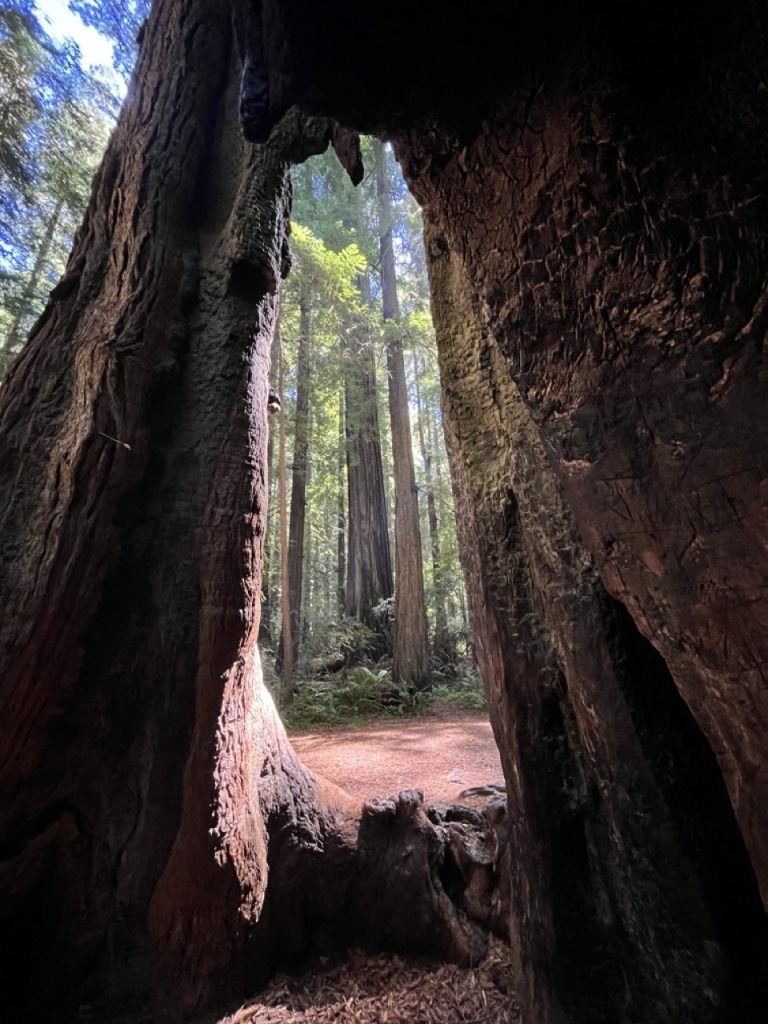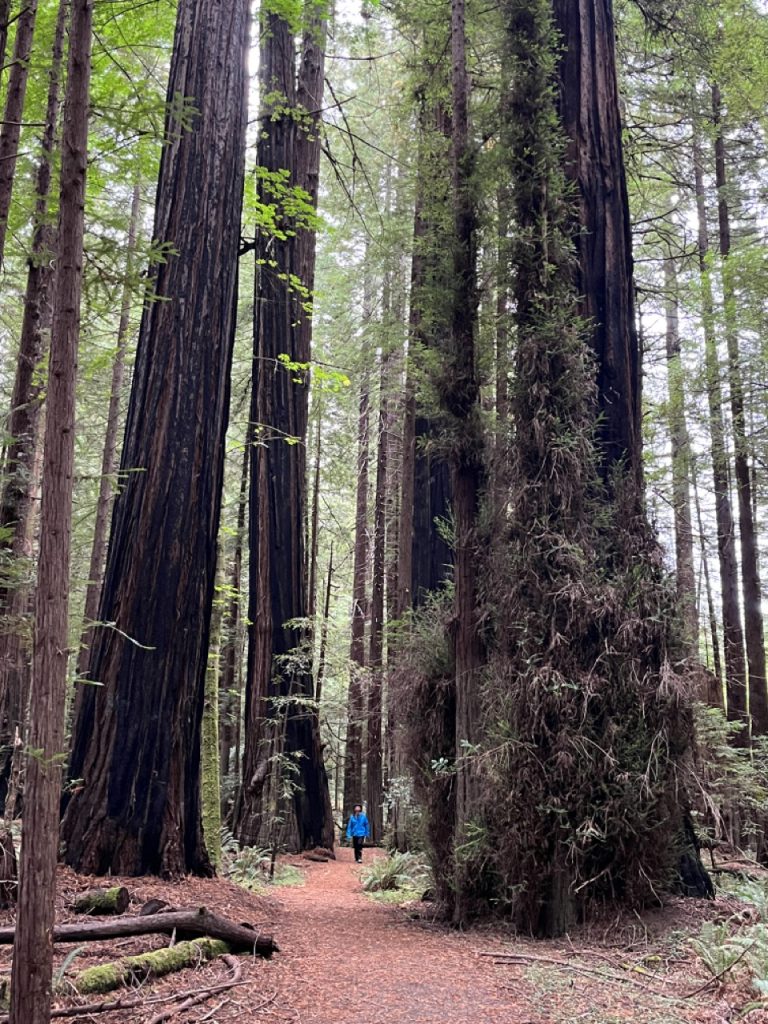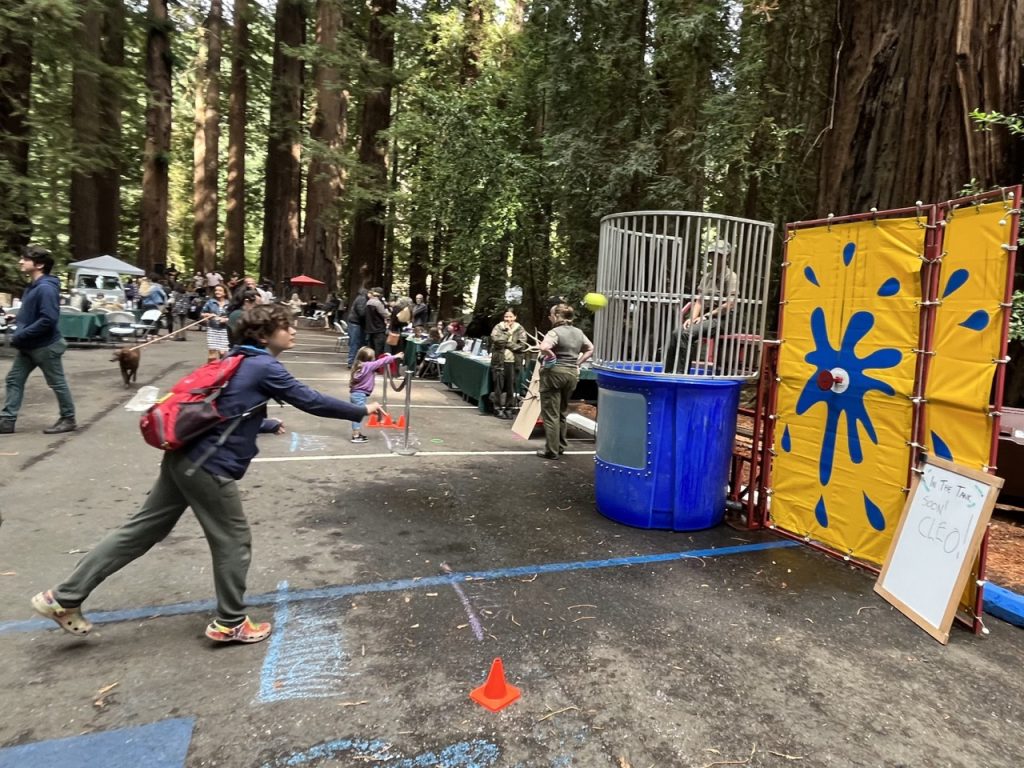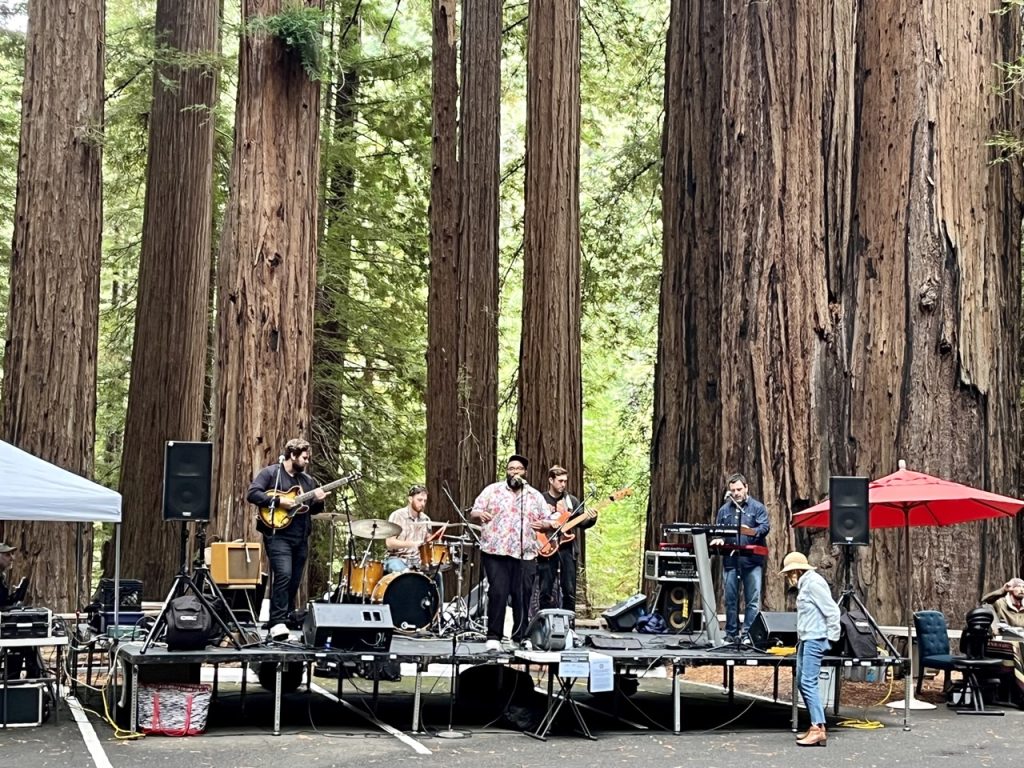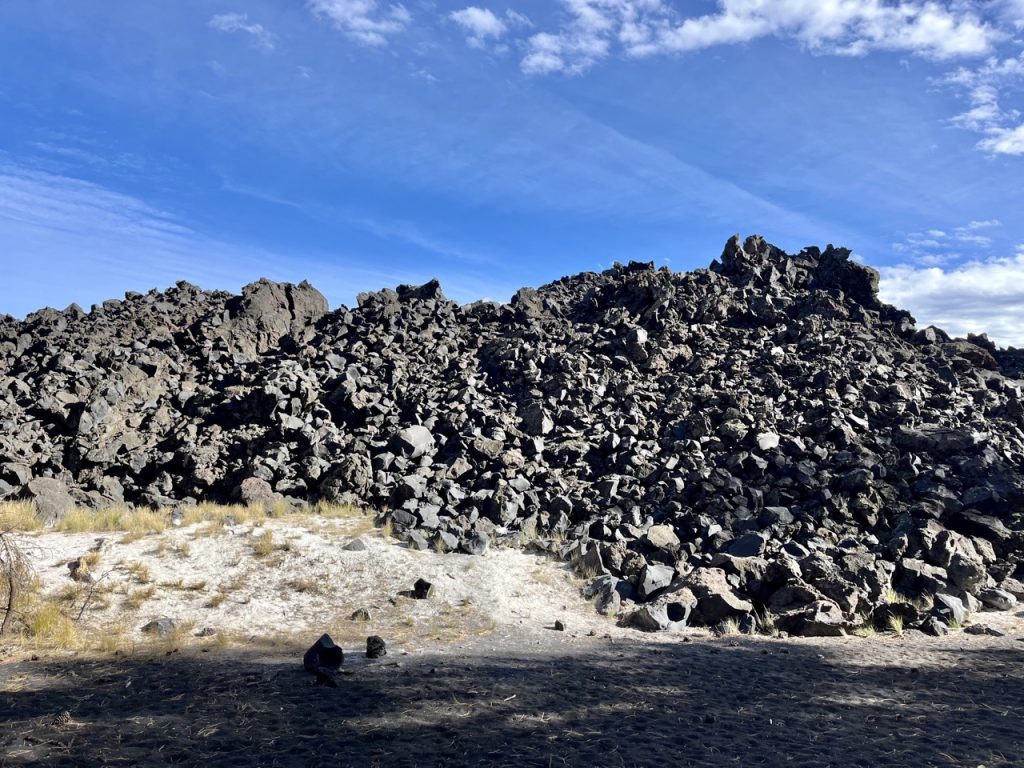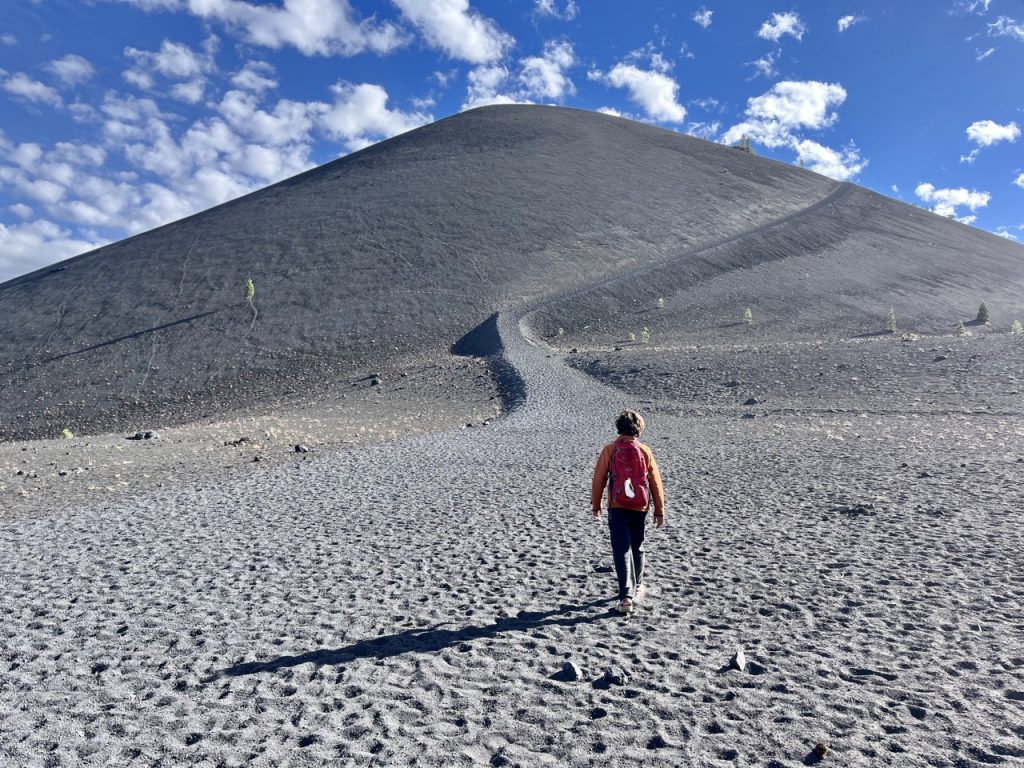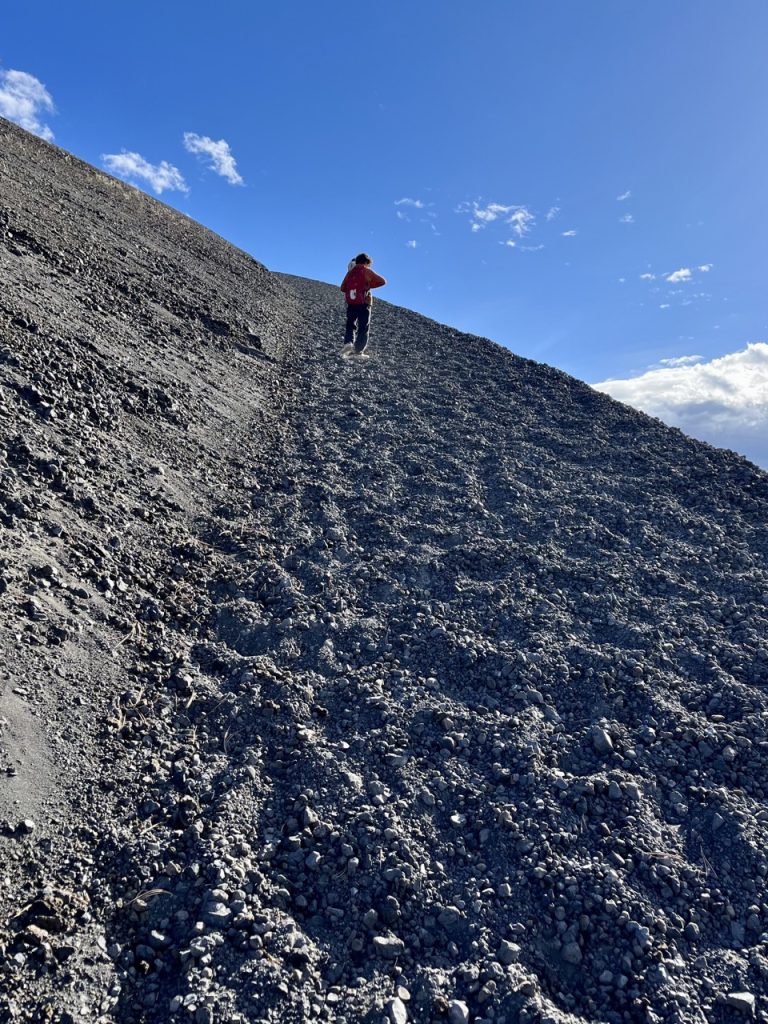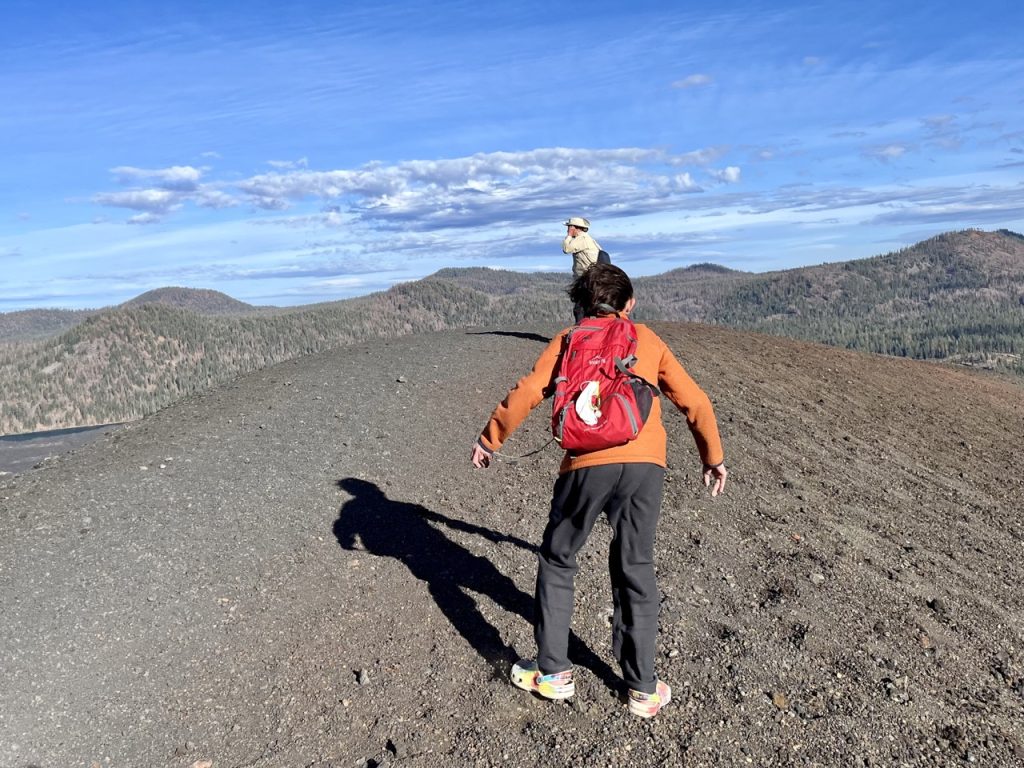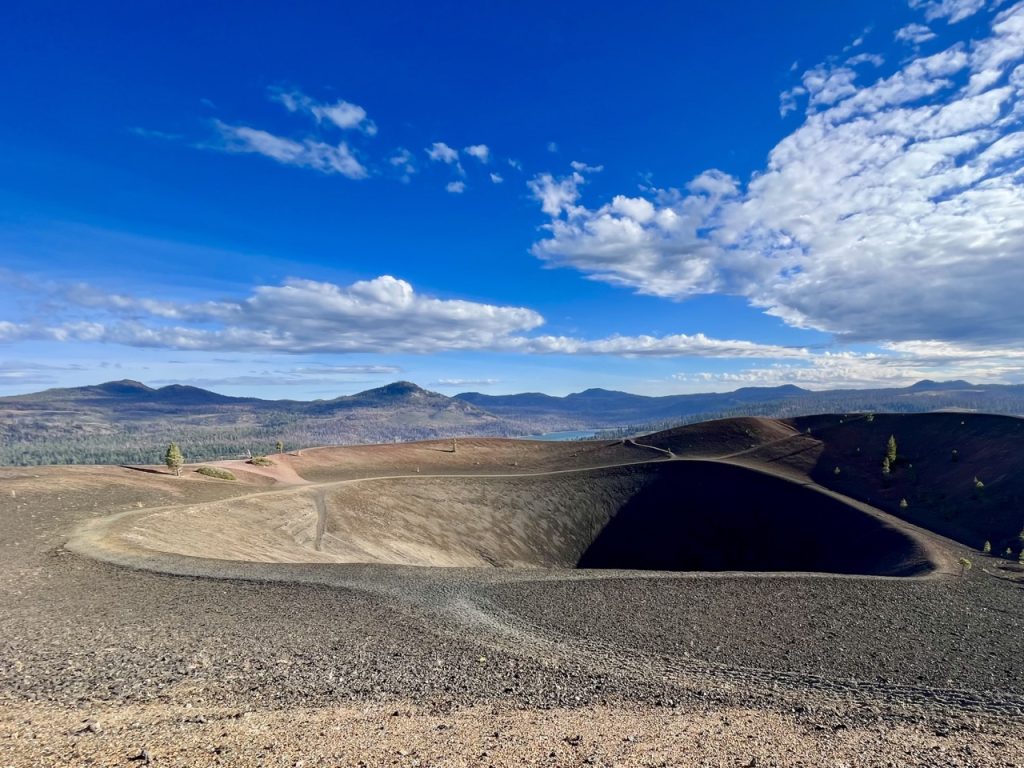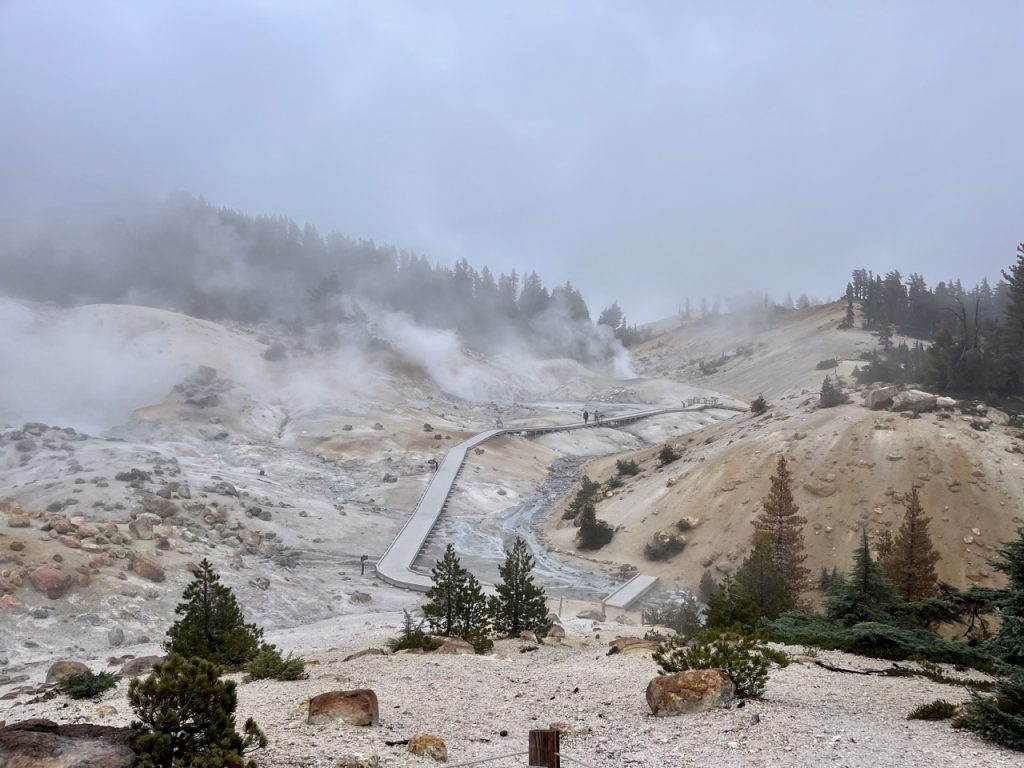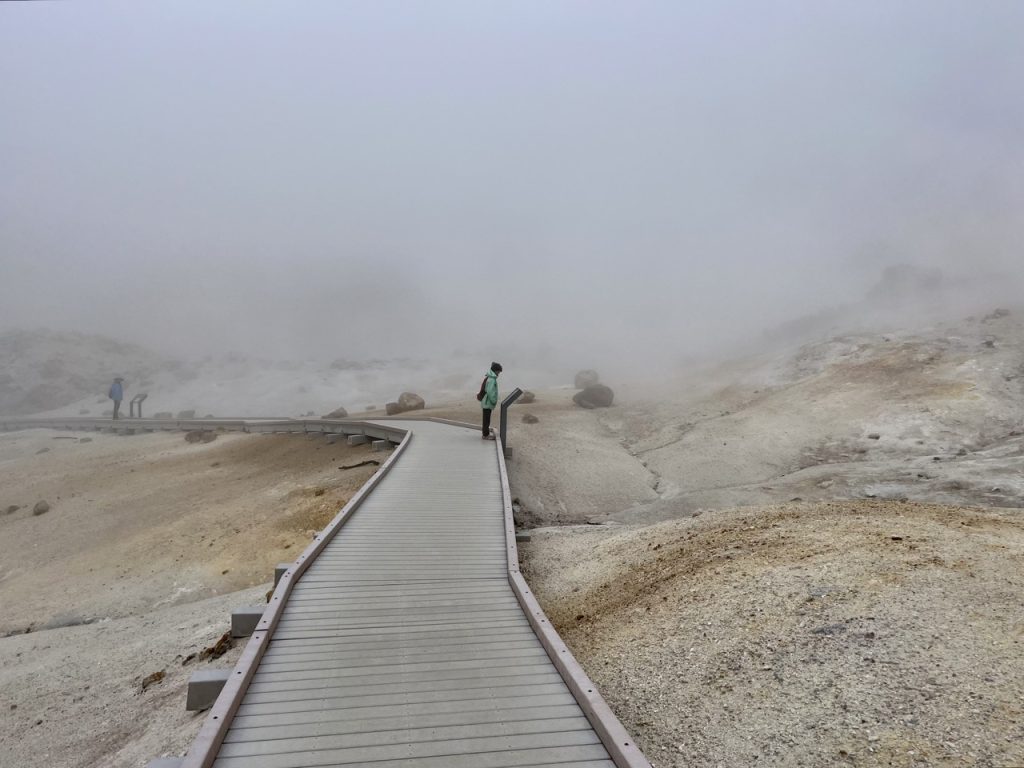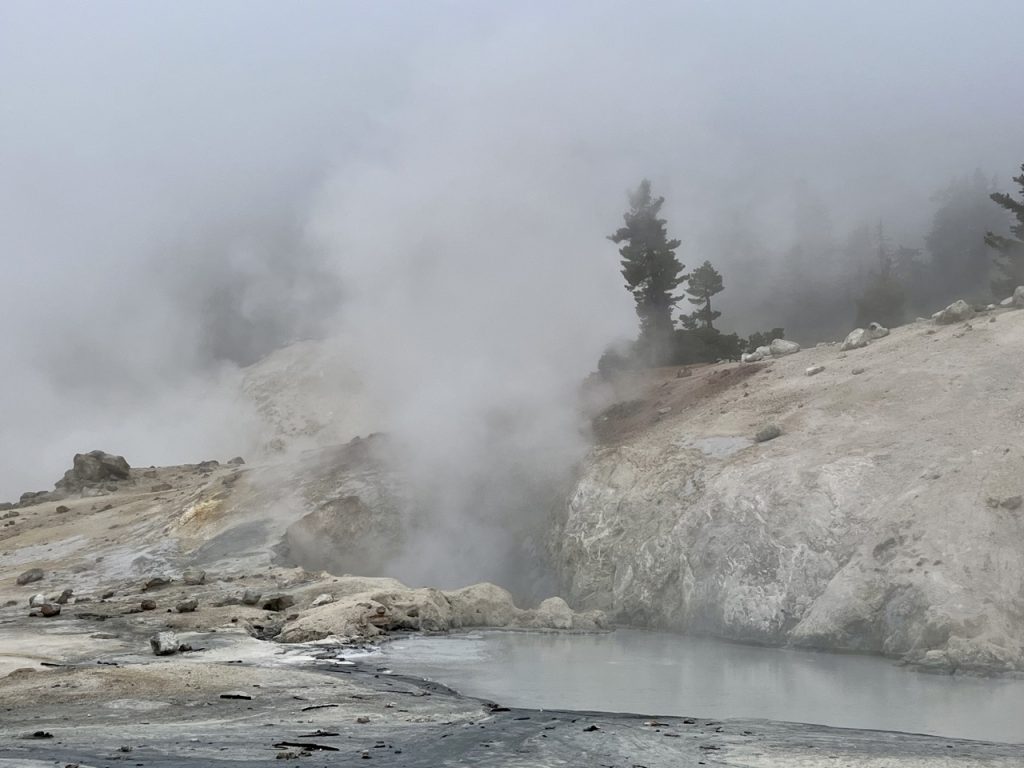We drove many hours to Great Basin National Park on Highway 50, “The Loneliest Road in America.” What is the Great Basin? The Great Basin is an area of land where there is no outlet to the sea. This means that rainwater seeps into the ground, and drains into streams and lakes and never reaches the ocean.
At Great Basin National Park we went to the visitor center and learned about the landscape. After we saw the exhibits we went outside and picked apples and pears with a fruit picker on a long pole that the visitor center lends out. The fallen fruit from the trees is eaten by the wild turkeys, which we got to see.
We went on some high elevation hikes. First we hiked to two halfway frozen alpine lakes. Next we saw a Bristlecone Pine stand. These trees are very unique because they are the oldest trees in the world. They can live nearly 5,000 years! They grow on loose gravelly peaks at the edge of the timberline. When the tree dies, the trunk remains standing for thousands of years.
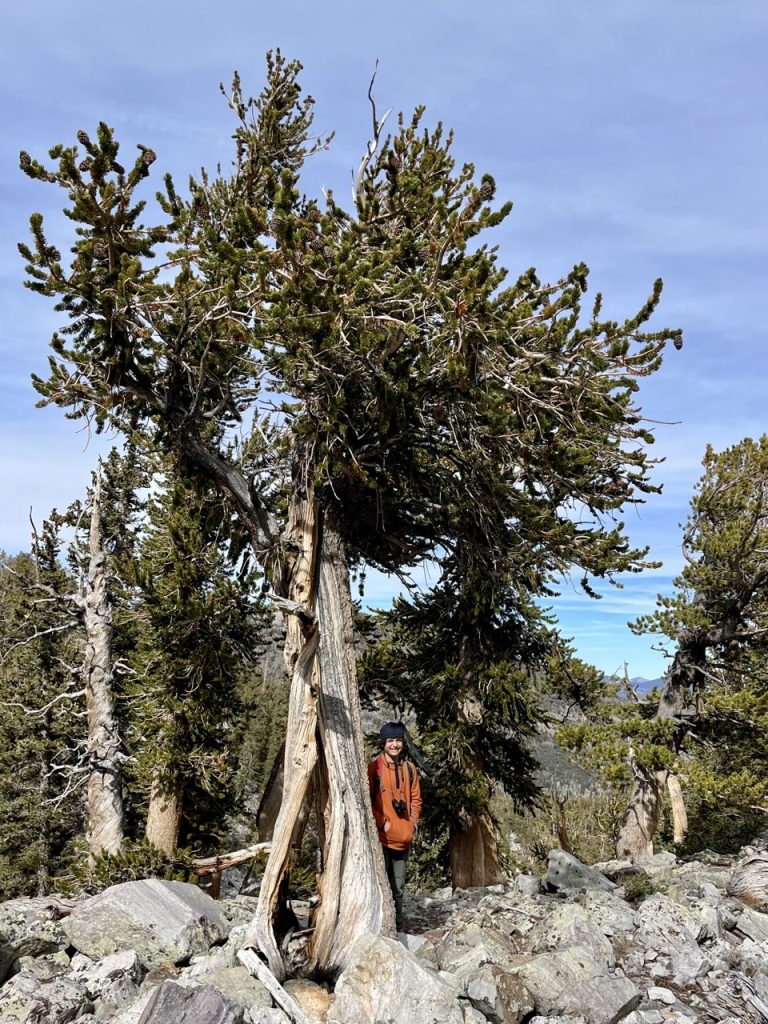
On Saturday morning we saw the annular solar eclipse. A solar eclipse is caused by the moon blocking the sun and casting a shadow over the earth. An annular eclipse is when the moon is farther from earth, not fully blocking the sun. We saw what looks like a ring of fire! I got to look through solar telescopes and make a pinhole projector so I could see the eclipse safely. I also made a pinhole projector with my hands. We wore solar glasses which let us look directly at the sun.
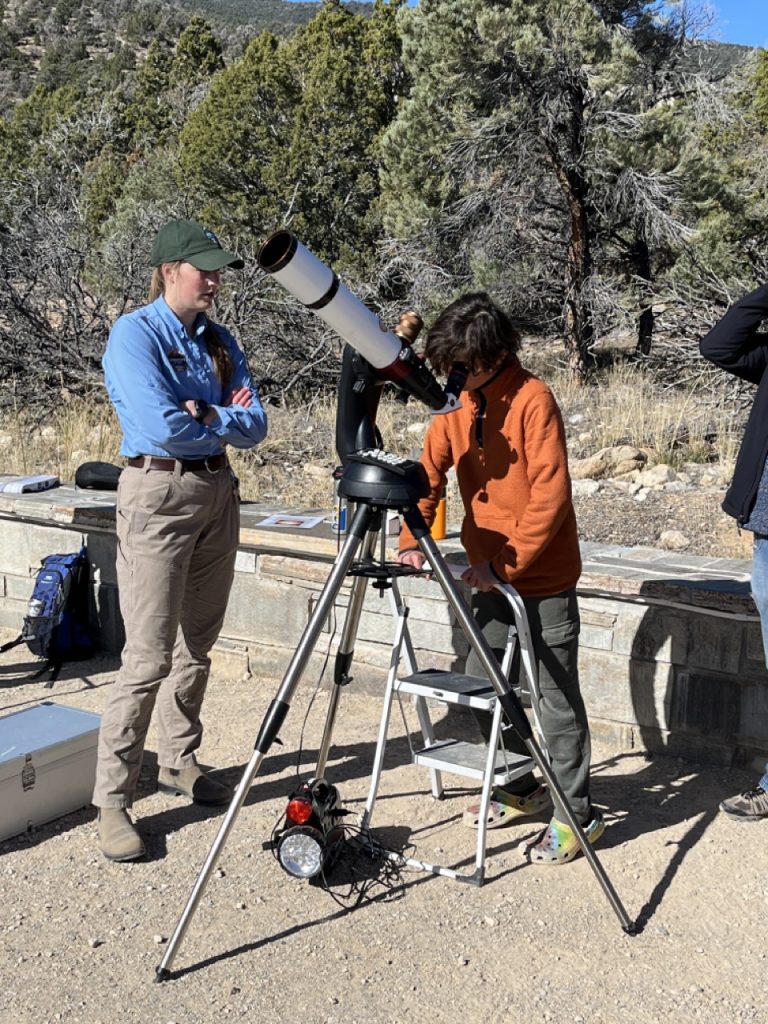
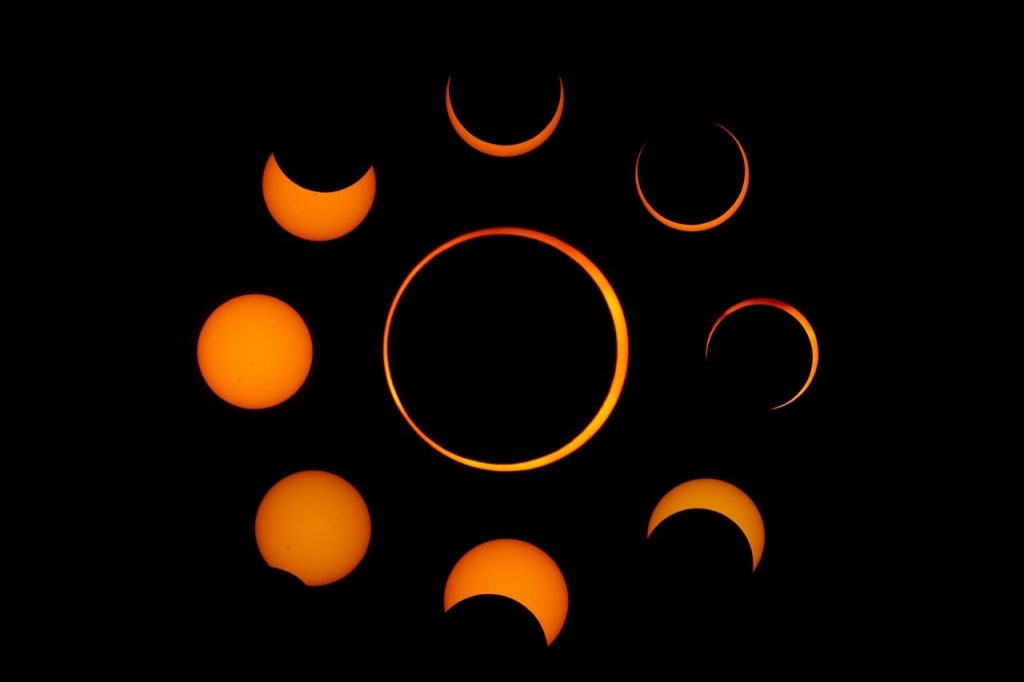
I loved being in Great Basin National Park but now we are moving on to Cathedral Gorge. Above and beyond!
